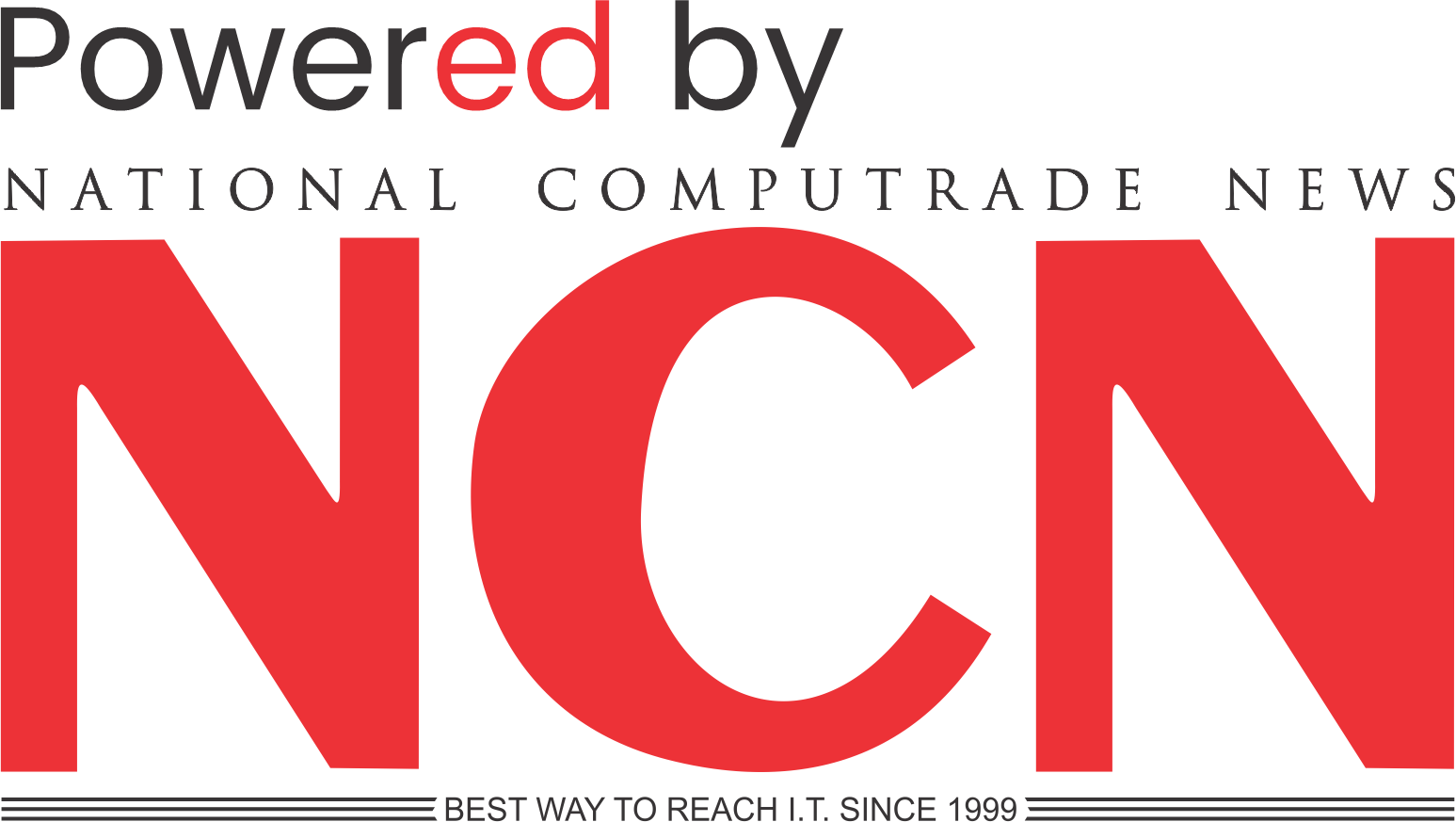NEC Corporation has announced that its face recognition technology was ranked the world’s most accurate in the most recent benchmark test conducted by the globally recognized U.S. National Institute of Standards and Technology (NIST).
The latest Face Recognition Technology Evaluation (FRTE) 1:N Identification report indicates that NEC’s system received the highest performance rating, with an authentication error rate of 0.07%, in the “1:N Identification” test using still images of 12 million people. In addition, it also ranked first in two aging tests using images taken more than 10 and 12 years ago, and was ranked in the top two in all eight major FRTE 1:N Identification categories listed on the NIST website.
The NIST-sponsored benchmark test for face recognition technology is a thorough and fair process in which the NIST impartially evaluates programs developed and submitted by each organization under identical conditions. It is widely considered to be one of the few tests that allow users who are considering the introduction of face recognition technology to centrally compare the performance of algorithms from various organizations around the world.
Since its first participation in 2009, NEC has repeatedly been ranked first in the world in the 1:N authentication test, which requires higher accuracy than any other face recognition technology benchmark test sponsored by the NIST. Particularly, in the aging test, which uses images that are more than 10 years old, equivalent to the expiration date of a passport, NEC has won first place with overwhelming accuracy that is unrivaled by any other organization.
Through continuous improvements to its core algorithms, NEC has expanded the scope of application of its face recognition technology to approximately 80 airports around the world, as well as transportation facilities, office buildings, factories, hotels, theme parks, hospitals, apartment buildings, stores, financial institutions, and local governments, and has developed face recognition business in more than 50 countries and regions worldwide. The use of this technology is not limited to access control, but includes a wide range of applications to improve customer experience and security, such as hospitality, monitoring, in-store payments, and procedures at ATMs.
In the future, NEC will not only continue to focus on replacing physical identity verification methods and physical security, but will also accelerate the development and provision of solutions that can be adapted to new use cases in an ever-growing digital society.
At the Expo 2025 Osaka, Kansai, Japan, which opens on April 13, 2025, NEC will provide a face recognition system for admission control for visitors who have purchased a full-year pass or summer pass, in addition to payments at stores in the venue, and will also provide a decentralized identity (DID)/verifiable credentials (VC) face recognition solution ”NEC Digital Identity VCs Connect” for “null2,” the signature pavilion produced by media artist Yoichi Ochiai.
The DID/VC solution enables the creation of a “self-sovereign identity,” where individuals manage their own information independently, reducing reliance on service providers and cloud vendors for digital data management. This will enable individuals to use digital services with greater peace of mind than ever before.
NEC is thoroughly committed to following the NEC Group AI and Human Rights Principles in its use of AI, biometric data, and other data, placing the highest priority on privacy and respect for human rights.
NEC offers end-to-end digital transformation (DX) services, from strategy and concept consulting to implementation-focused offerings, based on the three pillars of business models, technology, and organization/talent. Additionally, in its shift from a traditional systems integrator to a “Value Driver,” NEC restructured its value creation model under the name “NEC BluStellar”, which leverages NEC’s cutting-edge technologies, developed and refined through years of experience and proven cross-industry expertise, aiming to transform business models, address social challenges, resolve management issues faced by customers, and lead them into a brighter future.













